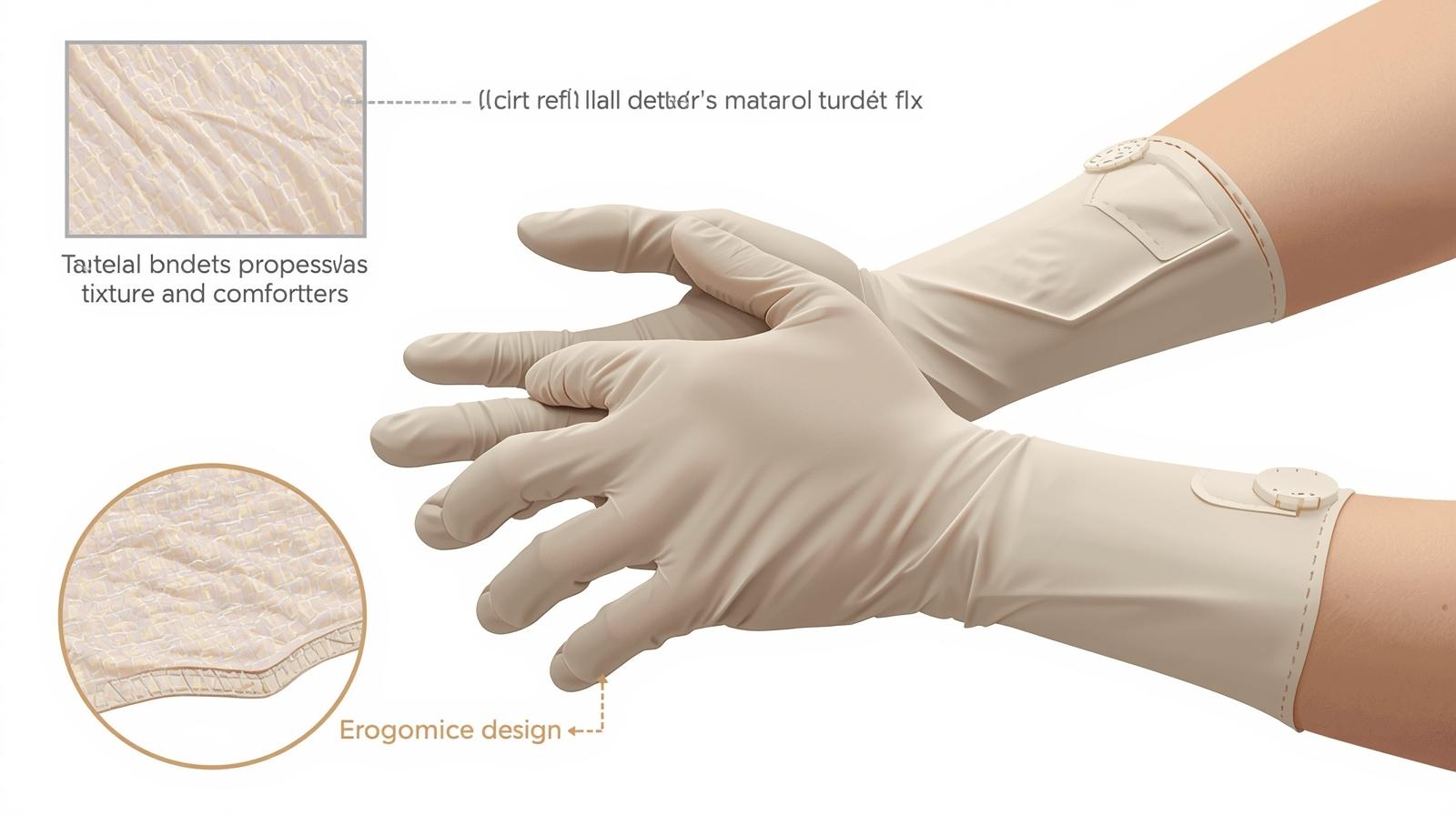Latex gloves are an indispensable component in various medical procedures, offering both safety and comfort to healthcare providers and patients alike. Proper use of latex gloves surgical is critical in maintaining a sterile environment, which significantly reduces the risk of infection and contamination.
Importance of Surgical Gloves in Healthcare
Surgical gloves serve as a barrier to prevent the transmission of microorganisms between healthcare providers and patients. Their primary function is to protect the wearer’s hand from contamination and exposure to infectious substances during medical procedures. This protection is essential in a field where maintaining sterility is crucial.
Advantages of Latex Material
Latex gloves are particularly favoured in surgical settings due to their strength, flexibility, and comfort. These gloves offer high tactile sensitivity, which is essential for surgeons and healthcare professionals who require precision. The natural rubber latex material also provides superior elasticity for a snug fit.
Safety Standards and Regulations
The use of latex surgical gloves in medical settings is governed by strict safety standards and regulations to ensure their efficacy and reliability. These standards often include tests for tensile strength, puncture resistance, and chemical resistance, ensuring the gloves meet the necessary performance criteria.
Allergy Considerations
While latex gloves are advantageous for many reasons, allergy concerns are sometimes associated with their use. Some individuals may experience allergic reactions to proteins found in natural rubber latex. Consequently, it is important for healthcare institutions to provide alternative materials for those affected, such as nitrile or vinyl gloves.
Improving Glove Performance
Innovations in glove technology aim to enhance the performance and comfort of latex gloves. These advancements include powder-free options, which reduce the risk of allergic reactions and improve conformity to the skin, providing better sensitivity and dexterity for delicate procedures.
Proper Usage and Disposal
To maximise the benefits of latex gloves, proper usage and disposal practices are paramount. Gloves should be donned and removed carefully to avoid cross-contamination. It is essential to dispose of used gloves in designated medical waste containers to prevent environmental contamination.
Environmental Impact of Latex Gloves
The production and disposal of latex gloves have environmental implications. Natural rubber latex is a biodegradable material, which makes it more environmentally friendly compared to synthetic alternatives. However, the manufacturing process and improper disposal can still contribute to environmental pollution.
Choosing the Right Glove Size
Selecting the correct glove size is vital for ensuring comfort and functionality. Gloves that are too tight can restrict movement and cause hand fatigue, while gloves that are too loose may compromise dexterity and increase the risk of tears. Healthcare facilities should provide a range of sizes to accommodate various needs.
Cost Considerations in Glove Selection
While latex gloves are often more cost-effective than synthetic alternatives, facilities must weigh the financial implications against the potential for allergies and environmental impact. Budget constraints should not compromise the selection of high-quality gloves that meet safety standards.
The Role of Gloves in Infection Control
Infection control is among the most critical aspects of healthcare, and gloves play an integral role in this process. The proper and consistent use of surgical gloves helps prevent the spread of infections, contributing to overall patient safety and wellbeing.
Training and Best Practices
Healthcare workers must receive adequate training in the use of surgical gloves. Understanding best practices for donning, usage, and disposal is necessary to maintain high safety standards. Proper training ensures that all medical staff are equipped to handle gloves correctly in various scenarios.
Future Trends in Glove Technology
Future trends in glove technology are likely to focus on enhancing comfort and functionality while reducing environmental impact. Developments may include the integration of antimicrobial properties, improved materials for reduced allergic reactions, and enhanced ergonomic designs for better performance.
Patient Perception and Comfort
Patient perception of glove use is also an important consideration. Ensuring that gloves are comfortable and do not cause irritation can improve the patient experience during medical procedures, leading to better cooperation and overall outcomes.
Conclusion: The Essential Nature of Latex Surgical Gloves
The ubiquitous nature of latex gloves in surgical settings underscores their importance in ensuring safety, efficacy, and comfort. As healthcare continues to evolve, maintaining high standards in glove selection, usage, and disposal will remain critical in safeguarding both healthcare providers and patients.





